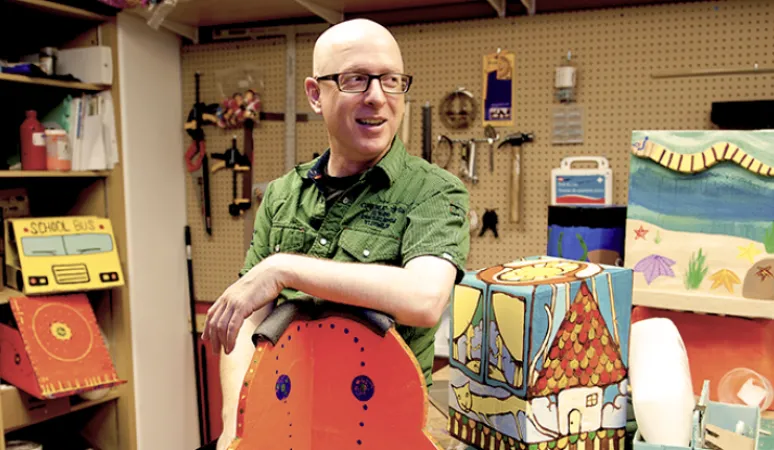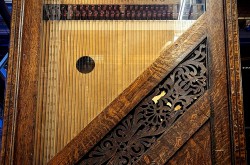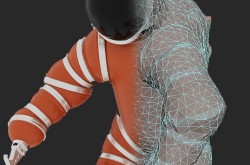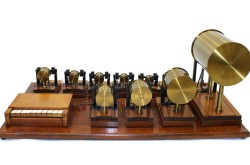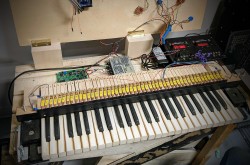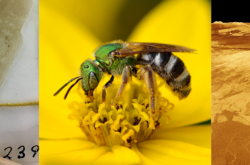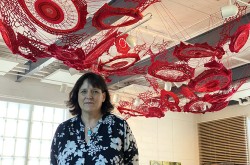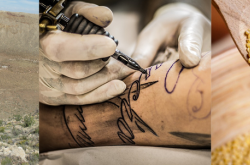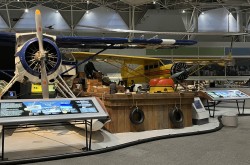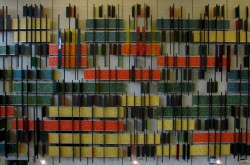More than just a cardboard box
This article was originally written and submitted as part of a Canada 150 Project, the Innovation Storybook, to crowdsource stories of Canadian innovation with partners across Canada. The content has since been migrated to Ingenium’s Channel, a digital hub featuring curated content related to science, technology and innovation.
By Malorie Bertrand
The powerful allure of cardboard for children is well known to any parent who has witnessed their child’s delight at putting a box on his or her head — rather than playing with the expensive gift that was in said box. So it should come as no surprise that this sturdy paper product has found its way into the hands of researchers who use it to construct affordable and accessible toys and adaptations for children with disabilities.
Jason Nolan, director of the Experiential Design and Gaming Environments (EDGE) Lab at Ryerson University and his team of students collaborate with parents and caregivers in the lab’s Adaptive Design Studio, teaching them how to design and build their own adaptations for their childrens’ needs. Cardboard is the ideal material for this purpose. It is readily available, affordable, lightweight, safe, easy to manipulate and strong enough to use to build adaptations for high chairs, floor seating and car seats, to name a few.
This is important and inspirational work; it empowers parents and caregivers to be innovative and resourceful and it enables children to engage more with the world around them with fewer restrictions. Nolan describes one client whose daughter couldn’t sit up to play without her mother sitting behind her. So Nolan and his team helped the mother build a custom floor seat that allowed her daughter to sit up and play easily on the floor and consequently, gave the mother the freedom to face her child while playing and to move around the home without having to lay her daughter back down on the floor.
The experimental environment of the lab extends far beyond cardboard adaptations. It has inspired some of Nolan’s graduate students to take what they’ve learned and apply it to address other needs. Sherene Ng designed and developed a shoe to help people with impaired vision avoid stumbles and falls. The shoe detects foreign objects on the ground using sensors and then vibrates to alert the wearer. Ng has since earned a grant to commercialize the product and she launched a start-up in March 2013 with fellow EDGE Lab alum Rubina Quadri called Adaptive Designers.
Quadri has developed a wearable device for children with autism, ages four to six, who have difficulty speaking or being understood. At the EDGE Lab, Quadri worked with children with autism using iPads and then had the idea that such a device would help them communicate clearly. In an article from Ryerson University’s news site, Quadri says that even asking to go to the washroom can be misinterpreted so she developed Talking Buttons to solve this problem common for children with autism. It is a customizable device that is small enough to be sewn into a shirt pocket. The wearer selects and pushes a button and a pre-recorded sound clip of a single word or multiple words (up to 20 seconds long) is played. The voice can be recorded by anyone — a parent or a favourite movie character — and in any language.
The work done at EDGE Lab underscores the importance of design. A high chair can easily be taken for granted, but when it helps a child make eye contact with his family and interact at the dinner table, it’s far more than just a chair.
Transcript
Jason Nolan, director of Ryerson University's EDGE Lab in Toronto, designs and builds objects out of cardboard that allow kids with special needs to play freely and independently. Nolan showcased his work as CFI's guest at the Canada Science and Technology Museum's "Cool Science Saturday" event in Ottawa on February 15, 2014.



